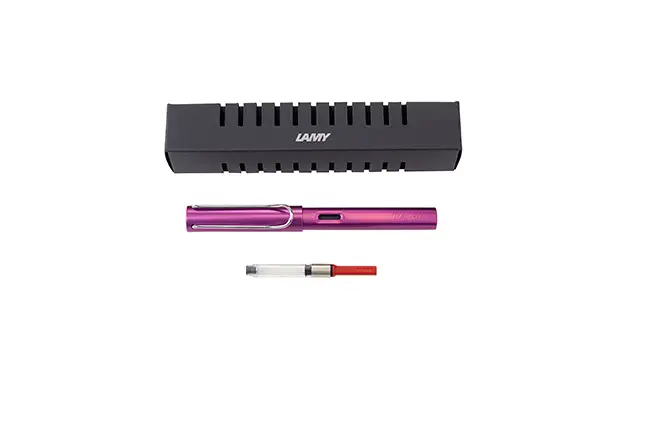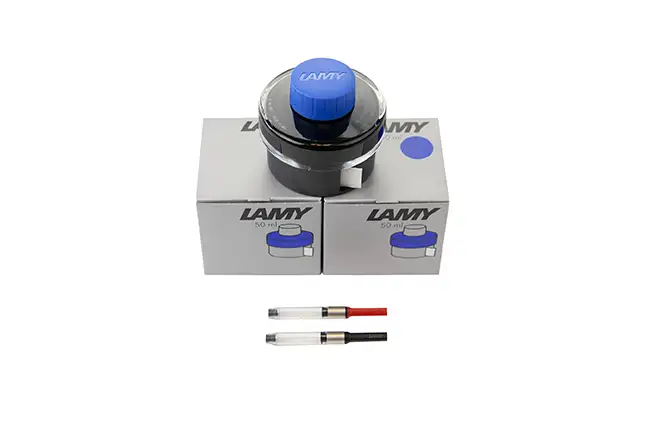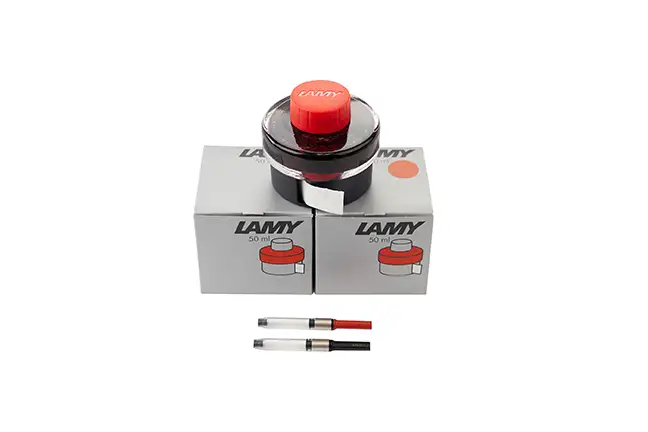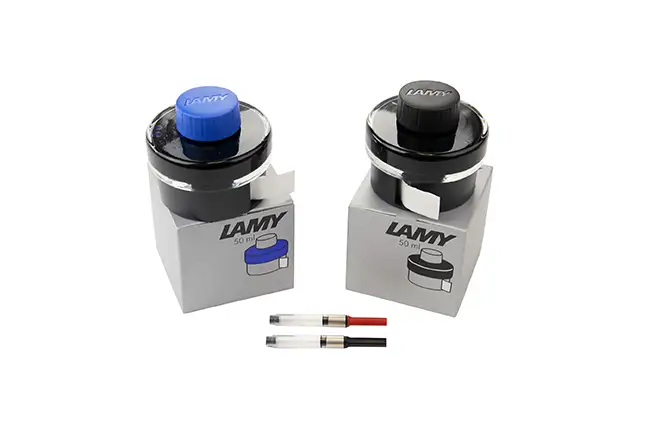Writing Instruments
We photographed a set of writing instruments. Pens, ink wells and accessories. As you can see you can photograph a reflective white product on a white background. Don't let inexperienced photographers ruin your dream because they can't deliver the image files you need. Product photography takes a unique skill set many photographers have not mastered.




Photographing white products on a white background is a meticulous process that requires expert-level skills to achieve stunning results. This technique is often employed in product photography to create a clean, minimalist look that highlights the details and features of the products. In this comprehensive guide, we'll delve into the step-by-step process of capturing captivating images of white products against a white backdrop for your online Amazon , Etsy, Ebay or Shopify store.
1. Set the Stage:
Begin by selecting a shooting environment with controlled lighting conditions. A photography studio is ideal, but if that's not available, choose a well-lit room with large windows. Ensure that the space is free from distractions and has enough room to set up your photography equipment.
2. Choose the Right Equipment:
Selecting the appropriate equipment is crucial for achieving professional-grade results. Use a high-quality camera with manual settings, allowing you to control exposure, focus, and other essential parameters. A tripod is essential to maintain stability and avoid camera shake during the shoot.
3. White Balance Adjustment:
Calibrate your camera's white balance settings to ensure accurate color representation. Since you're working with white products and a white background, achieving the correct white balance is crucial to prevent color casts that can affect the overall aesthetics of your images.
4. Lighting Setup:
Create a soft, diffused lighting setup to eliminate harsh shadows and create an even illumination across the white products. Consider using softboxes, diffusers, or bounce cards to control and manipulate the light. Position the light sources strategically to achieve a well-lit, evenly exposed image.
5. Set Up the Background:
Choose a seamless white background to maintain a consistent, clean aesthetic. Use a large, wrinkle-free backdrop to create a seamless transition between the product and the background. Ensure that the background extends horizontally to avoid any visible lines or edges.
6. Product Placement and Composition:
Carefully position the white products on the white background. Pay attention to composition and spacing to create a visually appealing arrangement. Experiment with different angles and perspectives to highlight the product's key features. Consider using props sparingly to add context without distracting from the main subject.
7. Manual settings:
Opt for manual settings to have complete control over the sharpness and clarity of your images. Auto may struggle in high-key situations, and manually adjusting the camera settings allows you to pinpoint specific details and maintain consistency throughout the shoot.
8. Test Shots and Adjustments:
Take test shots and review them on your camera's display or a calibrated monitor. Look for any areas that may need adjustment, such as exposure, shadows, or reflections. Tweak your lighting setup and camera settings accordingly to achieve the desired look.
9. Post-Processing:
After capturing the images, use post-processing software like Adobe Lightroom or Photoshop to fine-tune your photographs. Adjust exposure, contrast, and sharpness as needed. Be cautious with the highlights and shadows to maintain a clean, crisp look.
10. Quality Control:
Thoroughly review the final images for any imperfections. Check for consistency in color, exposure, and composition. Pay attention to details such as reflections and shadows, ensuring they enhance rather than detract from the overall presentation.
By following these expert-level steps, you can master the art of photographing white products on a white background, creating visually stunning images that captivate your audience and showcase the beauty of your products.